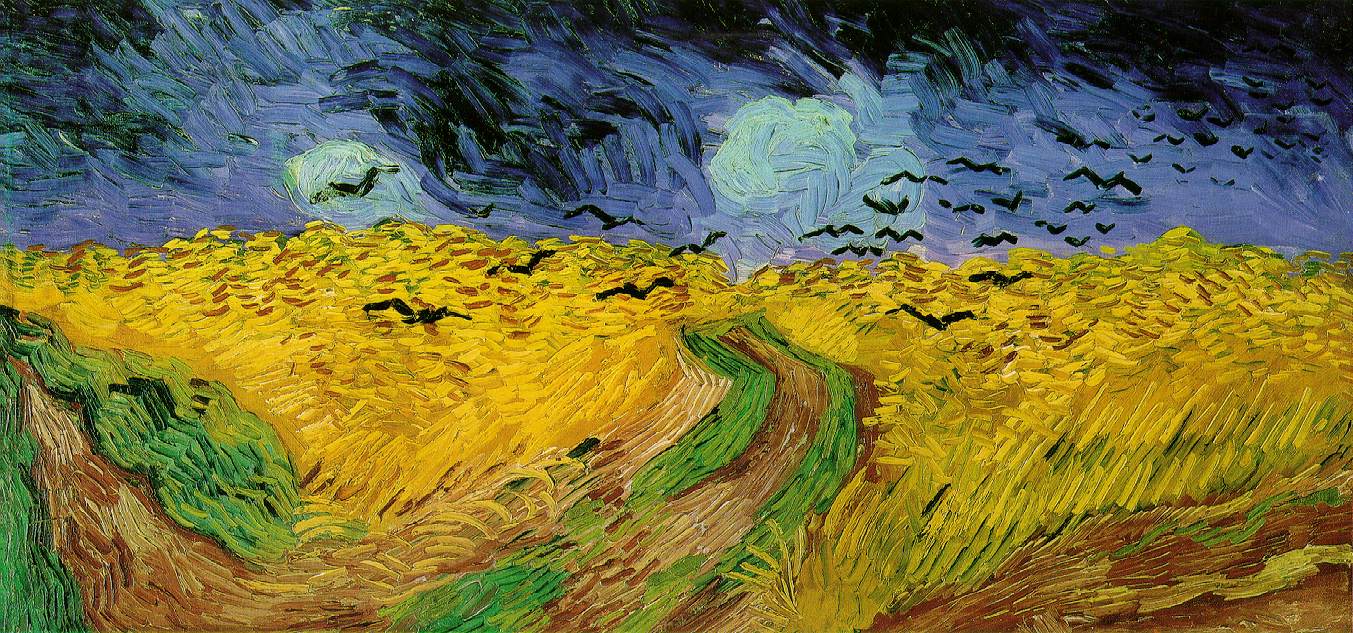The Female Gaze in Western Art and Popular
Culture
In John Berger’s book, ‘Ways of Seeing’ he states that women are still
‘depicted in different ways to men- because the ‘ideal’ spectator is always
assumed to be male and the image of the woman is designed to flatter him’.
(p.64) He goes on to say that ‘Men act and women appear’ where men play the
active role and the woman a passive one. This pattern, Berger writes,
determines the relationship between men and women, and also the relationship of
women to themselves. Women turn themselves into objects by surveying themselves
from a male perspective. In Marina Warner’s book ‘Monuments and Maidens’ (1987)
she agrees by saying that ‘the female form tends to be perceived as generic and
universal, with symbolic overtones; the male as individual, even when it is being
used to express a generalized idea.’ (1987, p. 12)
Berger writes that
‘in the average European oil painting of the nude the principal protagonist is
never painted. He is the spectator in front of the picture and he is presumed
to be a man.’ He makes the point that the woman in the painting is designed for
the spectator or owner of the image. Even if the woman has her lover in the
painting also, her attention is rarely directed at him because her ‘true’ lover
is the assumed male viewer.
 |
| Edouard Manet, Olympia |
 |
| Artemisia Gentileschi, Susanne & the Elders |
Gentileschi worked
with mainly biblical or mythological subjects for her paintings- using themes
where women had a starring role. As a female artist there were cultural
barriers she struggled through, which included the belief that women were
naturally ‘inferior’ to men. This belief could explain her painting. ‘Judith Slaying
Holofernes’ which is a very dramatic portrayal of the beheading of Holofernes.
What stood out from this painting was the realistic size of Judith- not some
vulnerable woman cowering in the corner but a force to be reckoned with. Gentileschi’s painting seems to revel in this
depiction of female physical power, without the coy and averted gazes of
traditional Western figures. The history behind
Gentileschi’s paintings makes her all the more interesting because, like Judith
in her depiction, Artemisia had also been raped. Her work suddenly takes on
more meaning when this is found out, the painting no longer a scene from a
story, but an insight into the violence of rape. In Wendy Beckett’s book
‘Discovering Europe’s Great Art’, she writes that ‘there is a secret personal
power that makes the story far more real to her- and to us- than it could have
ever been for a male artist.’
These types of paintings were once hidden away in stately homes and
private galleries but now the ‘nude’ woman has extended influence in
contemporary advertising, photography and music videos. In ‘Ways of Seeing’ by
John Berger, he argues the idea that tradition has dictated women to look at
themselves from a masculine perspective. He writes that Western art creates a
coded visual representation where a nude is always posing for the benefit of a
male spectator. ‘In the art-form of the European nude the painters and
spectator-owners were usually men and the persons treated as objects, usually
women. This unequal relationship is so deeply embedded in our culture that it
still structures the consciousness of many women. They do to themselves what
men do to them. They survey, like men, their own femininity’. (Berger, 1972,
p.63)
The 1994 Wonderbra Advert includes the ‘Or are you just pleased to see
me?’ caption which is almost a direct quote from the actress Mae West. West, a
sex symbol in the 1920’s taunted men in her films with ‘dirty’ one-liners to
get them into her bed. In the book, ‘Representing Women’, the author, Myra
Macdonald, states that this ‘extends the distance between ‘talking dirty’ and
having sexual freedom’. She goes on to write, ‘While both Mae West and the
Wonderbra model exude spirit and the enticement of pleasures to come, the game
still revolves around pulling a man.’
 |
| Wonderbra Ad, 1999 |
Kathy Myers 1982, argues that the objectification of women’s bodies for
commercial purposes does not mean that objectification itself is always
harmful. She writes that by taking over the codes already employed from male
perspectives, and redeploying them, the power to encourage new ways of looking
will follow.














































